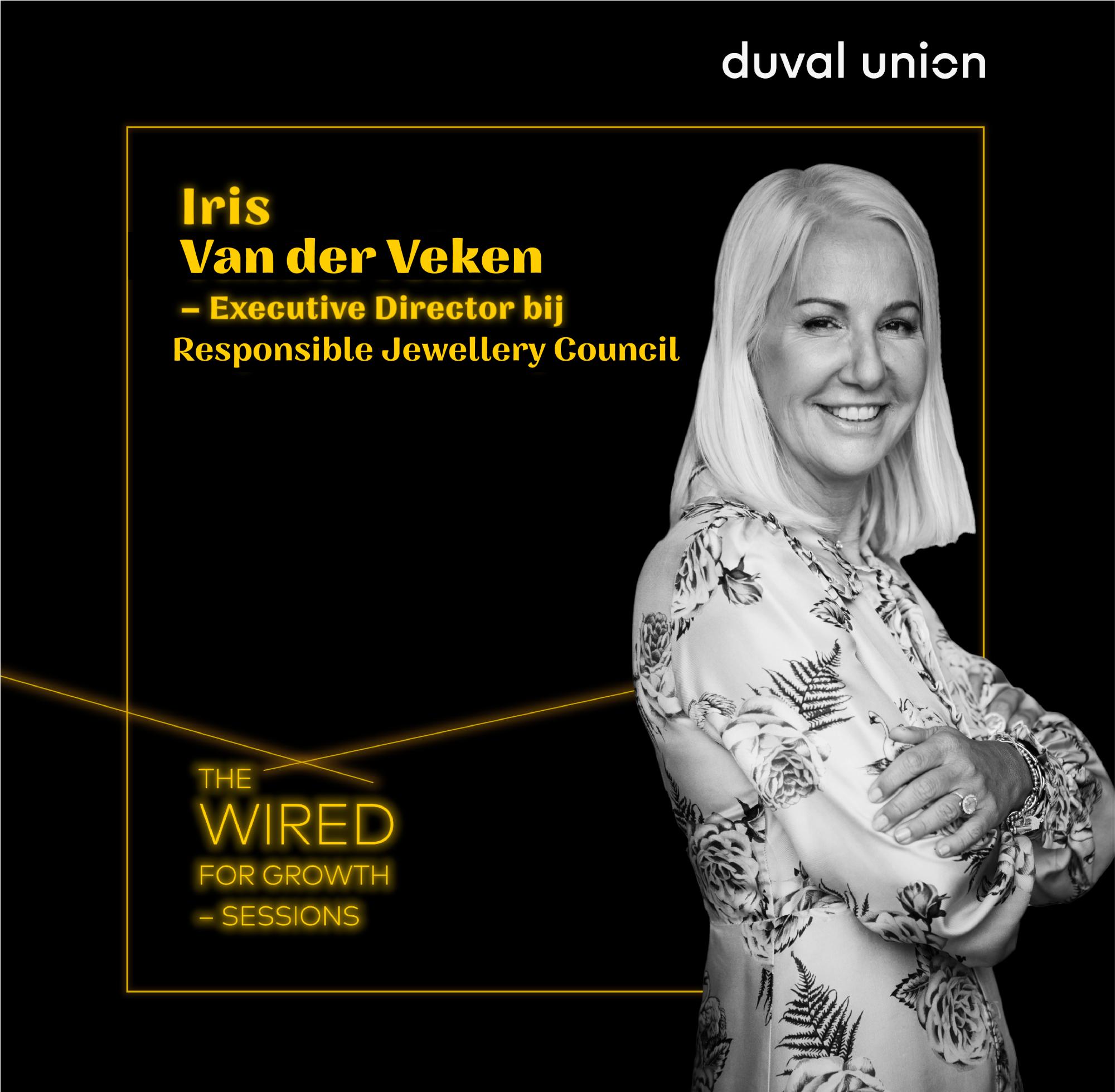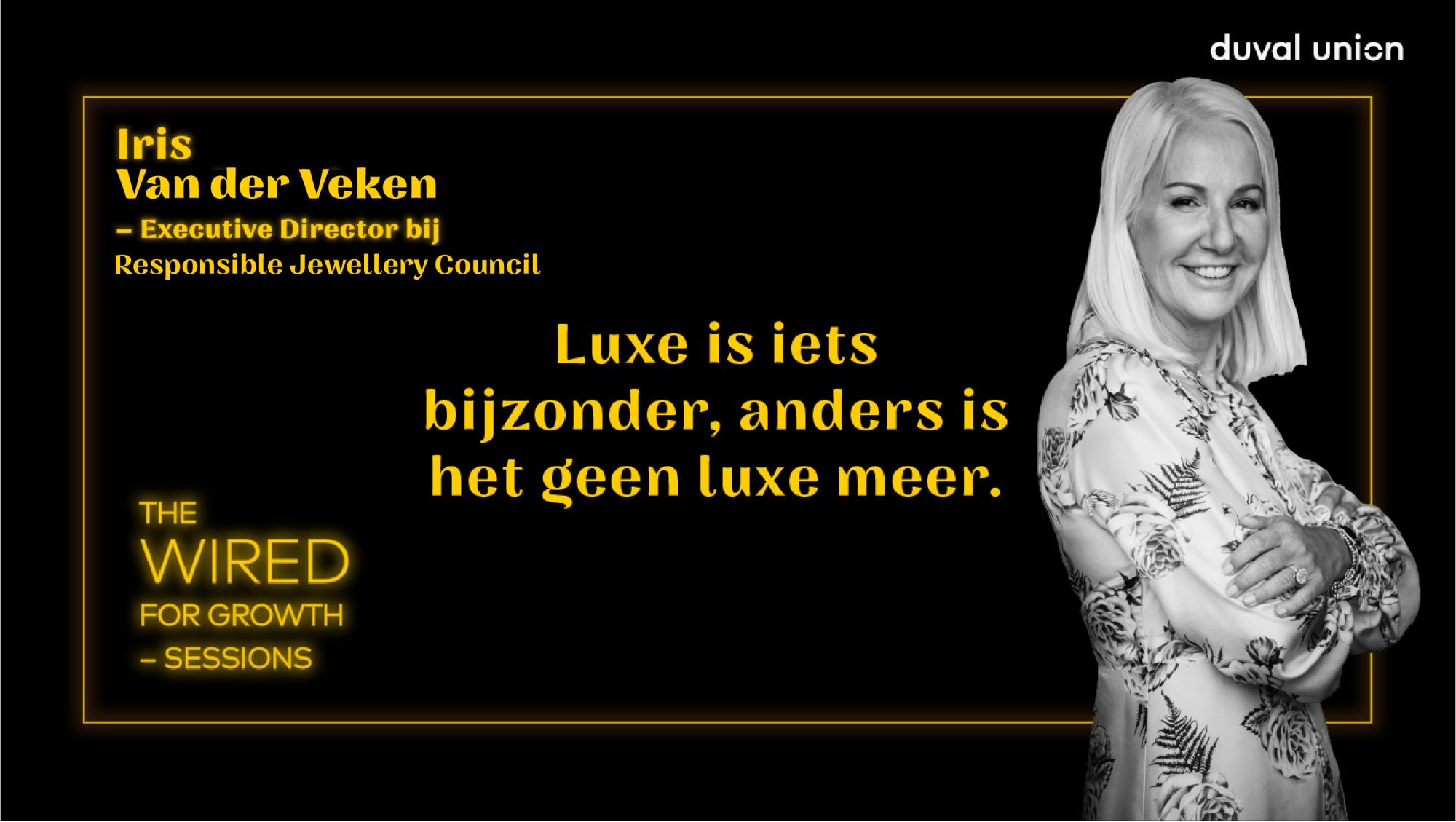In 2020, the value of the personal luxury goods market worldwide was 283 billion euros. And it’s projected to increase another 11% in 2022. You’ve got to wonder… how do these brands keep growing with a model based on scarcity? So, we invited Iris Van der Veken, Executive Director at the Responsible Jewellery Council and marketing expert Carole Lamarque to talk about just that. They are taking you behind the scenes and discuss the latest changes in the luxury industry. Let’s just say they give a whole new meaning to “diamonds are a girl’s best friend”.

CHANGE IS COMING
Baby boomers and Gen X might have been a fan of white glove service and logomania, but for millennials and Gen Z it’s all about a memorable and personal customer experience. What’s luxury for one generation is not necessarily luxury for the next. In the past, high-end brands thrived on their exclusivity. A luxury good was aspirational. Today, luxury has gone from material to immaterial. There’s also talk of a cultural shift with a big focus on sustainability and purpose. “Millennials and Gen Z want to interact with brands that they believe are addressing environmental and ethical or social issues. That’s why transparency in the shopping journey is crucial to them” says Iris Van der Veke.” On top of that it’s all about experience.”
“Millennials and Gen Z want to interact with brands that they believe are addressing environmental and ethical or social issues. That’s why transparency in the shopping journey is crucial to them.” - Iris Van der Veken
Although luxury can sometimes be seen as superficial and frivolous, quite a few high-end brands are already centred around durability, exquisite craftsmanship and the use of high quality materials. We’re talking way before sustainability became a hot topic. Luxury brands are winning over this new group of customers by playing out these values, walking the talk and by making authentic and bold statements.
DECODING THE NEW LUXURY
Luxury marketing is like fine art: beautiful and iconic commercials, engaging storytelling and ethereal imagery. But with a younger audience who are digital natives, it’s time to kick up their digital marketing a notch. Customers now like to be wowed on every channel. But the beginning of the dot-com days and luxury brands weren’t a match made in heaven. For them the digital experience is not as much about hard sales, but more about community building, personalisation and bringing an exclusive experience to life.
Enter the metaverse and augmented and virtual reality. During the pandemic fashion houses were unable to hold fashion shows and the metaverse became the best alternative. “It’s a much better environment for luxury products than the 2D feeling you have on the internet today” says Carole. “The experience is much stronger and I'm glad that this time the luxury industry is among the first.”
“The metaverse is a much better environment for luxury products than the 2D feeling you have on the internet today. The experience is much stronger and I'm glad that this time the luxury industry is among the first.” – Carole Lamarque
Although the metaverse is not yet at full force, there are already great examples of hybrid models. Meet Gucci Live, for example, a new luxurious shopping experience. Can’t get to a Gucci store? No stress! Gucci live brings the instore experience to you. The new technology allows customers to chat with the brand’s client advisors in real time from a new high tech “remote clienting” store in Florence dubbed Gucci 9. Non-luxury marketers should take note from these brands and implement phygital models as well.
LUXURY & SUSTAINABILITY: match made in heaven
We’ve said it before, and we will say it again: millennials and Gen Z want brands to have a purpose and to be sustainable. At first glance luxury and sustainability might seem incompatible, but sustainability is implicit in luxury’s definition. But their “savoir-faire” alone is no longer sufficient as key-differentiator. If you ask Iris, purpose should be added as the 5th P to the marketing mix.
As a sustainability trailblazer, she advocates to make purpose a part of your company’s DNA. Together with the RJC, she encourages jewellery brands to look further than only climate change and challenges them to strive for a fully transparent supply chain. Giving as much attention to social issues, such as fair labour and equal rights. According to Iris, focussing on sustainability will no longer be a way to differentiate, but it will simply become a license to operate.
Wonder what else the future has in store for luxury brands? Or could you simply use some inspiration? Then this episode is one for you! Deep dive into case studies with Iris and Carole on Spotify, Apple iTunes or on Stitcher.



